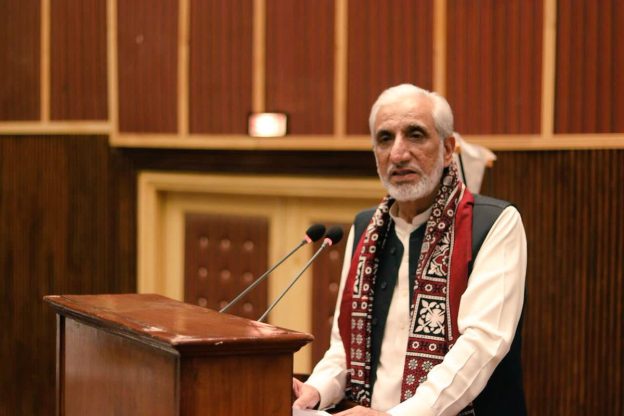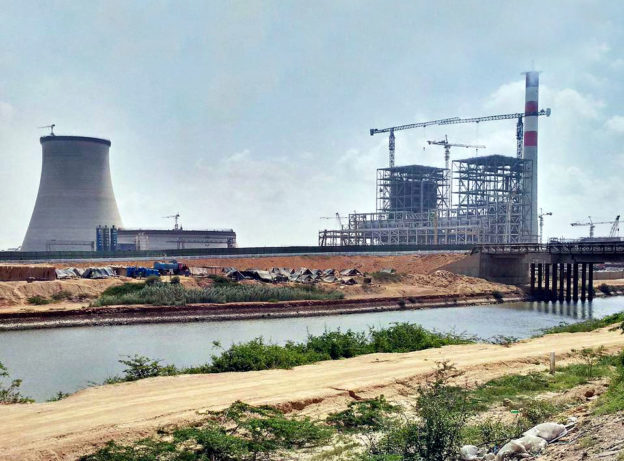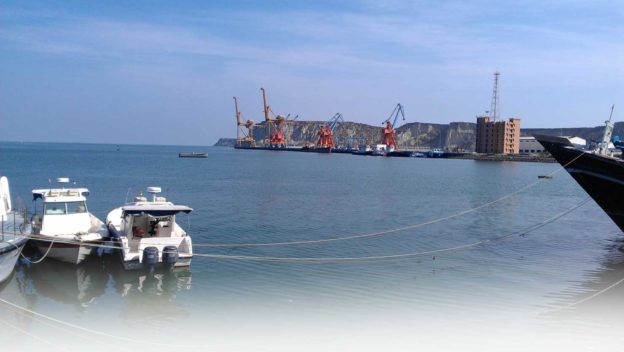A select gathering was organized by Engr. Shahnawaz Nahiyoon to honor Engr. Syed Abdul Qadir Shah, Chairman of the National Engineers Association (NEA).
The event brought together engineers from various fields, including CEOs, Chief Engineers, GMs, and directors from public and private organizations. The purpose of the gathering was to acknowledge the contributions of Engr. Syed Abdul Qadir Shah and discuss the work of the NEA.
The meeting included Engr. Syed Abdul Qadir Shah, Chairman, National Engineers Association, Engr. Shahnawaz Nahiyoon – the organizer of the event, Engr. Abdul Rehman Shaikh, General Secretary, NEA, Engr. Mohsin Ail Khan, Engr. A. Majid Malik, Engr. Abid Shah Bukhari, Engr. Cap. Waqar Hussain and others.
Syed Abdul Qadir Shah briefed the moot on activities of National Engineers Association (NEA). He highlighted the association’s goals, achievements, and ongoing initiatives aimed for promoting the engineering profession in the country.
One of the focal points of the gathering was to make a comparative analysis of the performance of the Pakistan Engineering Council (PEC) during different tenures.
Participants shared their perspectives and experiences related to the PEC’s functioning and appreciated the work carried out under the chairmanship of Engr. Syed Abdul Qadir Shah. His efforts were commended for the advancement of the engineering sector.
Some participants requested him to contest for the office of Chairman of the council in the upcoming election.
Also, They highlighted his track record, commitment, and vision for the engineering community, expressing their belief that his continued involvement would further strengthen the PEC’s role and effectiveness.
Senior engineers vet Engr. Syed Abdul Qadir Shah for PEC elections











